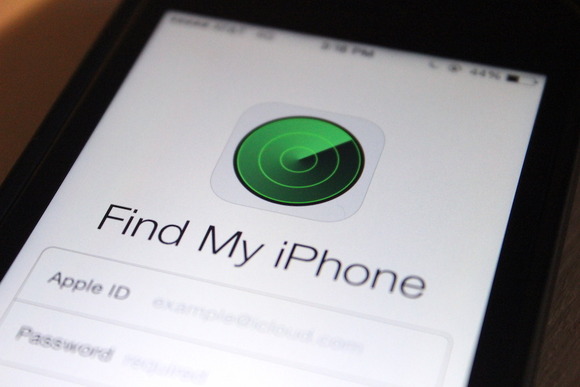Find My iPhone Signal = Reasonable Suspicion for Police Investigatory Stop
- By : Cbh
- Category : 4th Amendment, iOS

The Florida Fourth District Court of Appeal ruled on April 6, 2016 that a location signal from a robbery victim’s stolen iPhone provided the requisite “reasonable suspicion” to permit the police to make an investigatory stop of the suspects. The court ruled that the evidence was properly admitted and the conviction was affirmed. The case is Danson Exantus-Barr v. State of Florida.
The victim was walking home late at night in West Palm Beach when he was accosted by two men who stole his iPhone 4. They fled south. The victim called the police, reported a description of the two men, and gave the 911 operator his username and password to track his iPhone. According to the opinion, “the victim explained that he had an app on his phone, Find My iPhone, that worked essentially as a GPS tracker for his phone.”
Within five minutes, an officer arrived and issued a BOLO alert with the description of the men and the direction they ran. A second officer used his own iPhone to track the victim’s phone through the app. At some point, the second officer saw three people outside of a building where the app indicated that the phone was located. Two matched the description of the BOLO. No one else was around. Upon trying to flee in a car, the officer approached, told them to stop, and found evidence to arrest.
The court stated that an investigatory stop was proper when it was based on specific and articulable facts that point to a reasonable, well-founded suspicion that a person committed a crime. According to the opinion, the defendant argued that the second officer’s actions were comparable to acting on a hunch. The court concluded that the totality of the circumstances — reported crime, description of men, direction, phone signal, no one else was around, and the men in the area matched the BOLO — was sufficient for an investigatory stop.
This MacWorld article explains how to track down an iPhone with Find My iPhone, here.
photo credit: Macworld.uk



